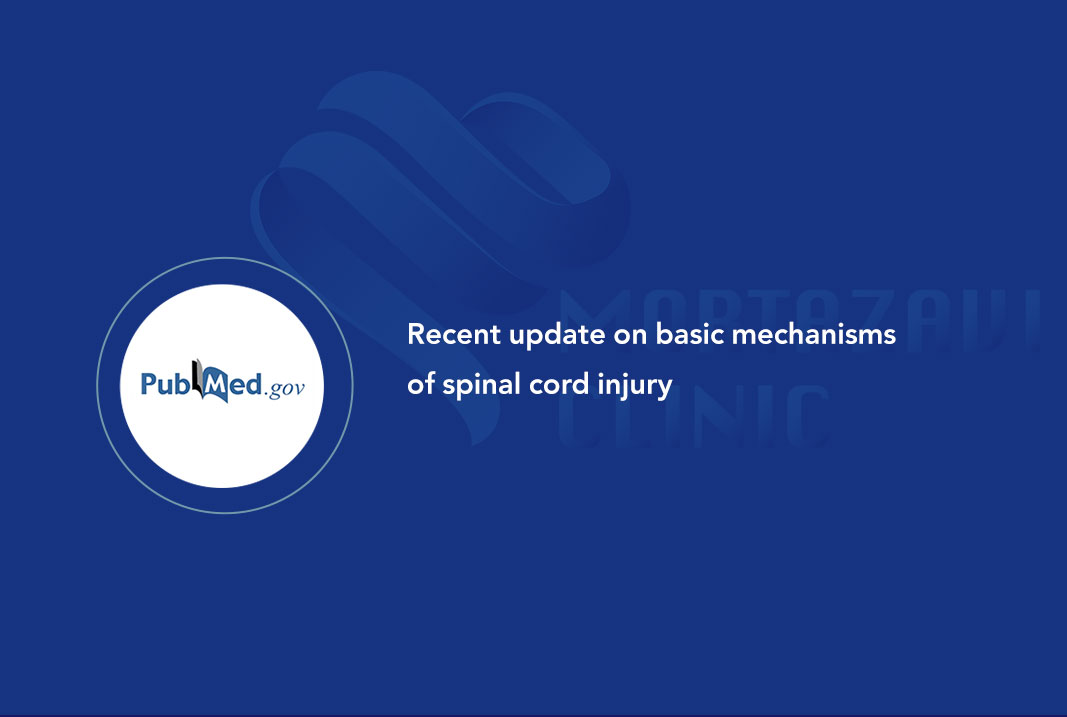Recent update on basic mechanisms of spinal cord injury

Abstract
Spinal cord injury (SCI) is a life-shattering neurological condition that affects between 250,000 and 500,000 individuals each year with an estimated two to three million people worldwide living with an SCI-related disability. The incidence in the USA and Canada is more than that in other countries with motor vehicle accidents being the most common cause, while violence being most common in the developing nations. Its incidence is two- to fivefold higher in males, with a peak in younger adults. Apart from the economic burden associated with medical care costs, SCI predominantly affects a younger adult population. Therefore, the psychological impact of adaptation of an average healthy individual as a paraplegic or quadriplegic with bladder, bowel, or sexual dysfunction in their early life can be devastating. People with SCI are two to five times more likely to die prematurely, with worse survival rates in low- and middle-income countries. This devastating disorder has a complex and multifaceted mechanism. Recently, a lot of research has been published on the restoration of locomotor activity and the therapeutic strategies. Therefore, it is imperative for the treating physicians to understand the complex underlying pathophysiological mechanisms of SCI.
to see the full article, check the link below:



